Weirdest wars throughout history
History is littered with battles and wars, many of which have left an indelible mark on our world. Yet, amongst the more infamous and bloody conflicts, there lies a collection of whimsical and bizarre skirmishes. These quirky conflicts, often sparked by unusual circumstances, provide a lighthearted glimpse into the past. Join us on a journey through some of history’s most peculiar wars, where pigs, pastries, and even an ear played pivotal roles.
The Pig War: A Swine-Fueled Standoff

In 1859, a pig almost led to war between the United States and the British Empire on San Juan Island. The trouble began when an American settler shot a British-owned pig that had wandered into his garden. Tensions simmered as both nations deployed troops to the island, refusing to back down. Fortunately, diplomacy prevailed, and the “war” ended without a single shot fired, leaving the pig as the only casualty of this unusual standoff.
The War of Jenkins’ Ear: A Gruesome Catalyst
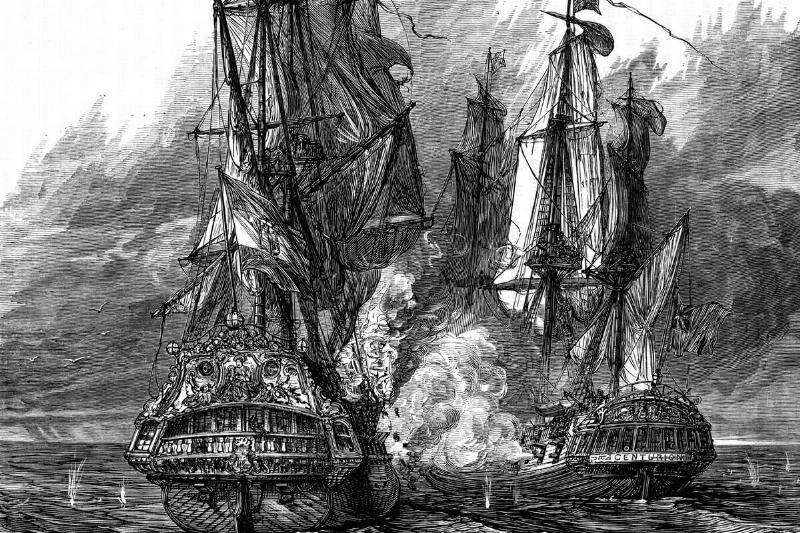
The War of Jenkins’ Ear, which erupted in 1739, was spurred by the severance of Robert Jenkins’ ear. This British captain claimed that Spanish coast guards had cut off his ear during a skirmish in the Caribbean. When Jenkins presented his ear to the British Parliament, it fueled outrage and led to war. Although it sounds trivial today, this conflict was part of larger hostilities between Britain and Spain, lasting until 1748.
The Emu War: Australian Soldiers vs. Flightless Birds

In 1932, Australia faced an unexpected adversary: emus. Following World War I, soldiers turned farmers struggled against these large, flightless birds that invaded Western Australia. The government deployed military personnel armed with machine guns to combat the emus, but the birds proved elusive. Despite the soldiers’ efforts, the emus emerged victorious, and the "war" ended, leaving the emus to continue their reign over the farmland.
The War of the Stray Dog: When a Canine Triggered Chaos

In 1925, a stray dog inadvertently led to a clash between Greece and Bulgaria. As tensions were already high, a Greek soldier chased the dog across the border, resulting in a shooting incident. This small event escalated quickly, with Greece launching an invasion. The League of Nations intervened, and the conflict was resolved diplomatically, with Greece ordered to pay reparations, highlighting how a simple dog’s actions nearly led to war.
The Football War: Soccer Sparking a Skirmish
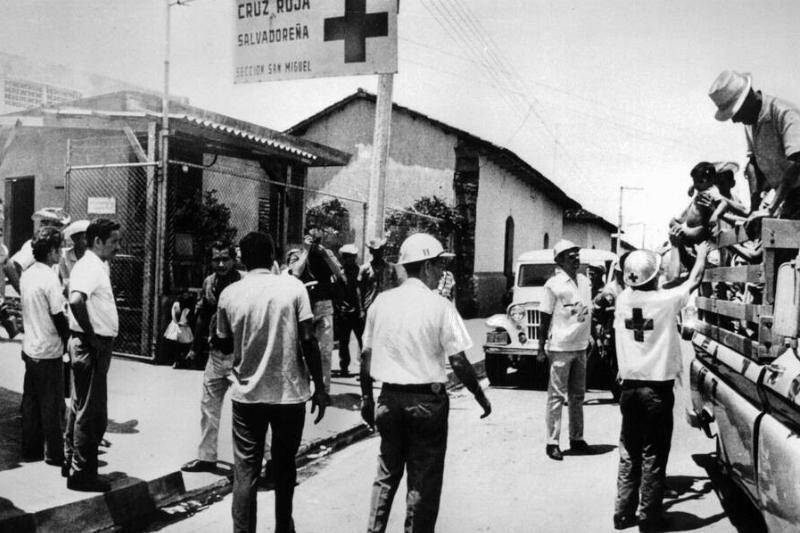
Soccer has always been a passionate sport, but in 1969, it ignited a war between El Salvador and Honduras. Tensions were already high due to immigration disputes, and a World Cup qualifier match acted as a catalyst. The ensuing conflict, known as the Football War, lasted just 100 hours, causing significant casualties and displacement. A ceasefire was brokered, yet it underscored how sports can sometimes stoke nationalistic fervor.
The Pastry War: A Battle Baked in Pastries
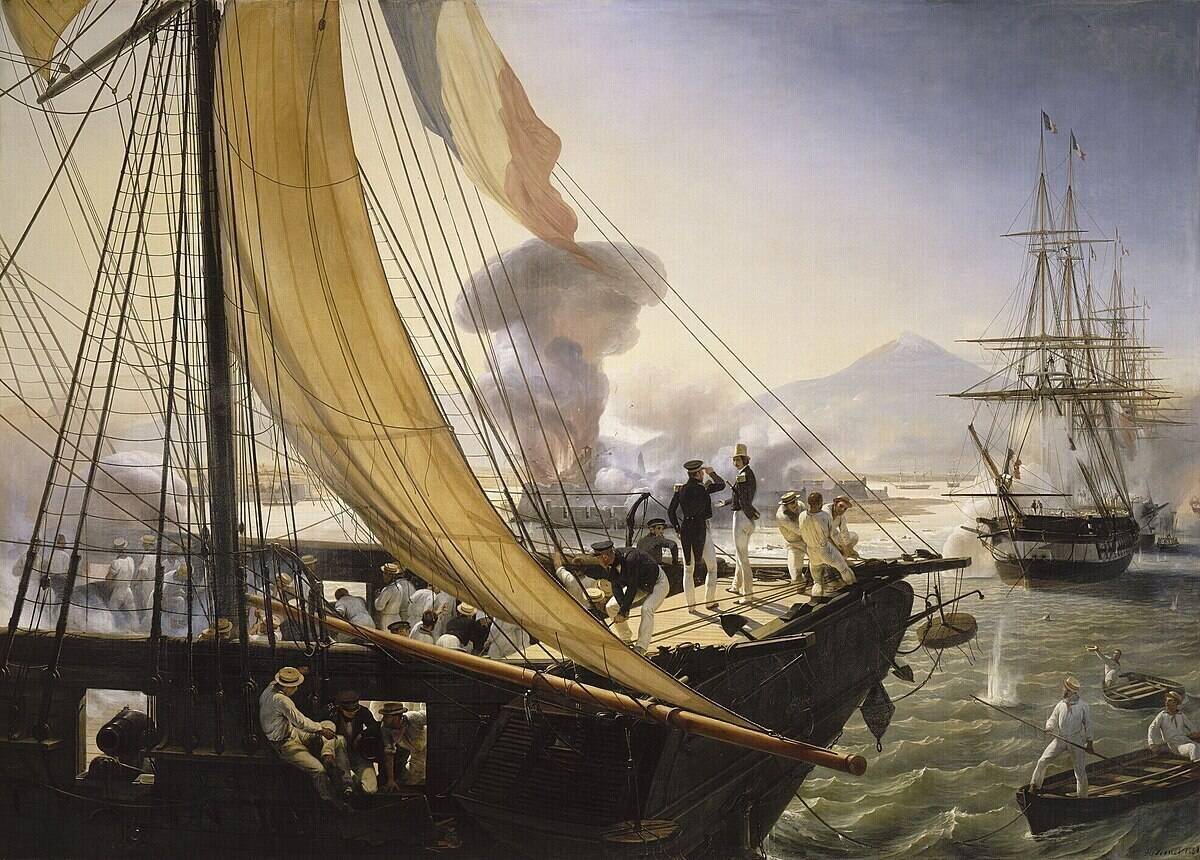
The Pastry War of 1838 between France and Mexico was triggered by a pastry chef’s grievance. A French pastry chef in Mexico City claimed his shop was looted during civil unrest, demanding compensation. When Mexico refused, France intervened, demanding exorbitant reparations. The conflict escalated, leading to a naval blockade and eventual skirmishes. Ultimately, Mexico paid the reparations, ending the war, which had a pastry shop at its heart.
The War of the Oaken Bucket: A Medieval Feud Over a Bucket

In the 14th century, a wooden bucket sparked a conflict between the Italian city-states of Modena and Bologna. Known as the War of the Oaken Bucket, it began when Modenese soldiers stole a bucket from a Bolognese well. This seemingly trivial theft led to a battle in 1325, resulting in a Modenese victory. The bucket, still held in Modena, became a symbol of pride, demonstrating how mundane objects can become significant in regional disputes.
The Toledo War: Michigan and Ohio’s Boundary Battle
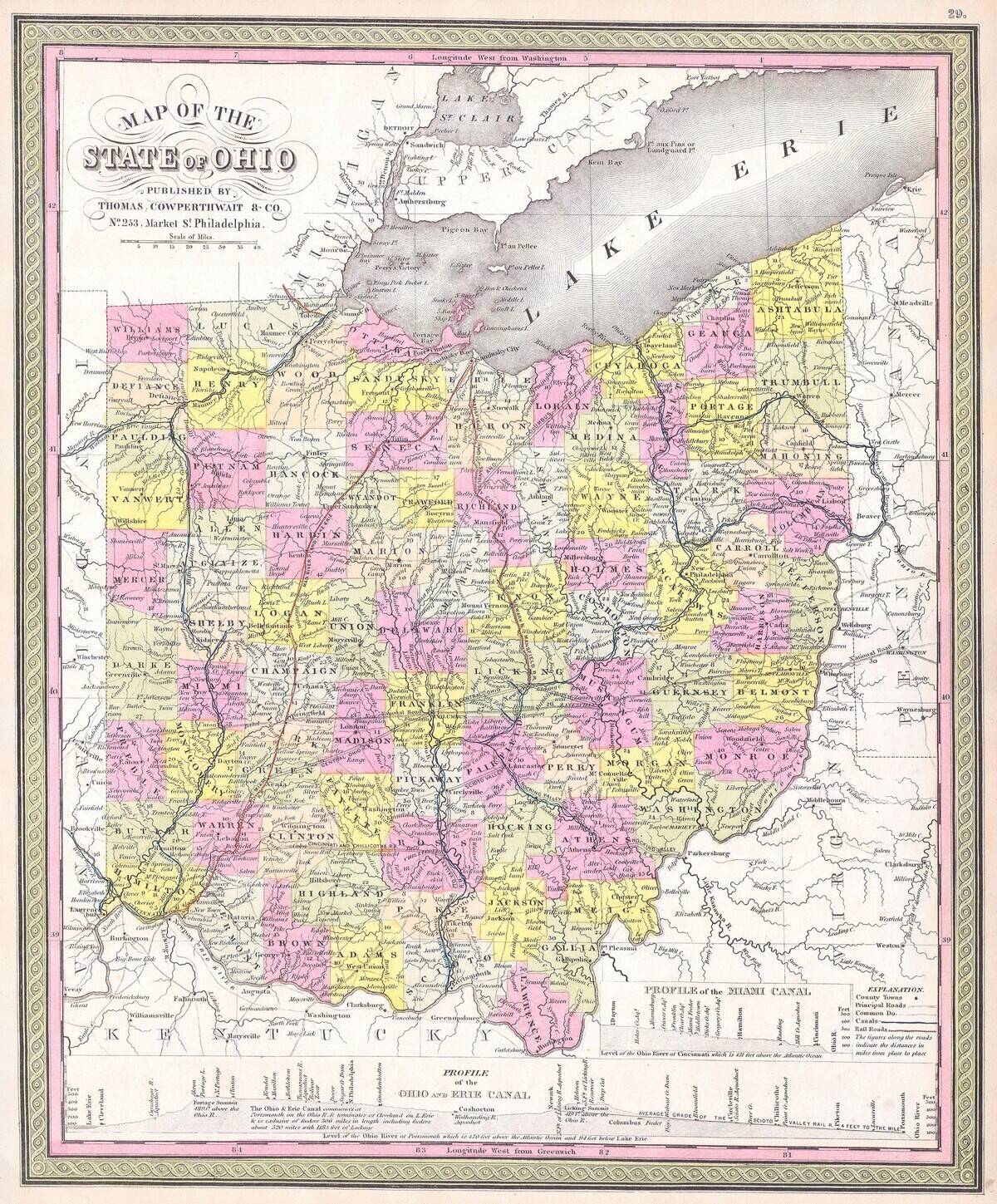
The Toledo War of 1835-36 was a boundary dispute between Michigan and Ohio over the Toledo Strip. Both claimed the land, rich in resources and strategically important. Tensions escalated, leading to minor skirmishes and arrests. Eventually, President Andrew Jackson intervened, awarding the strip to Ohio while compensating Michigan with the Upper Peninsula. The “war” had no casualties but left a lasting impact on the region’s borders.
The Anglo-Zanzibar War: The Briefest Conflict in History

The Anglo-Zanzibar War, fought on August 27, 1896, holds the record as the shortest war in history. Lasting just 38 minutes, it was triggered by the death of the pro-British Sultan of Zanzibar. His successor opposed British interests, prompting a swift military response. British naval forces bombarded the royal palace, quickly securing victory. The brevity of the conflict underscored British naval dominance, leaving Zanzibar firmly under British influence.
The Honey War: A Sticky Situation Between States
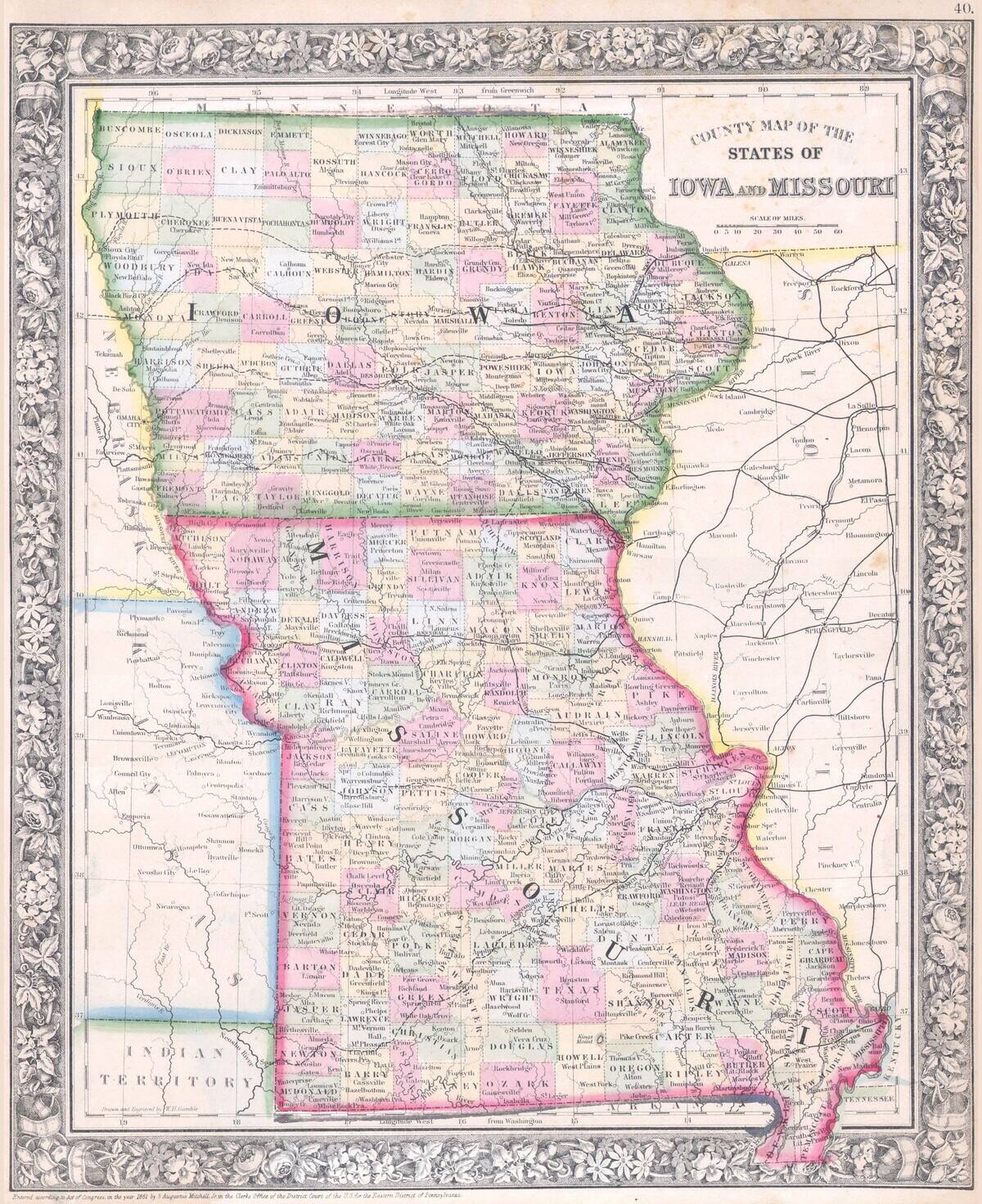
The Honey War of 1839 was a boundary dispute between Iowa Territory and Missouri. The conflict arose over unclear border definitions, with both sides claiming honey-rich land. Tensions escalated when Missouri tax collectors chopped down three trees for honey, leading to a standoff. Although no violence occurred, the dispute was resolved by the Supreme Court, which defined the boundary. The “war” was a sweet reminder of how resources can fuel conflicts.
The Lijar War: A Declaration Against Paris

In 1883, the small Spanish village of Líjar declared war on France. This unusual conflict stemmed from a diplomatic insult when a French crowd allegedly mistreated the Spanish king. Outraged, the mayor of Líjar and its 300 residents declared war on France, a gesture largely symbolic. No battles ensued, and peace was declared 100 years later. The “war” highlighted how pride and honor can lead to unconventional declarations of conflict.
The Great Guano War: The Fight Over Fertilizer
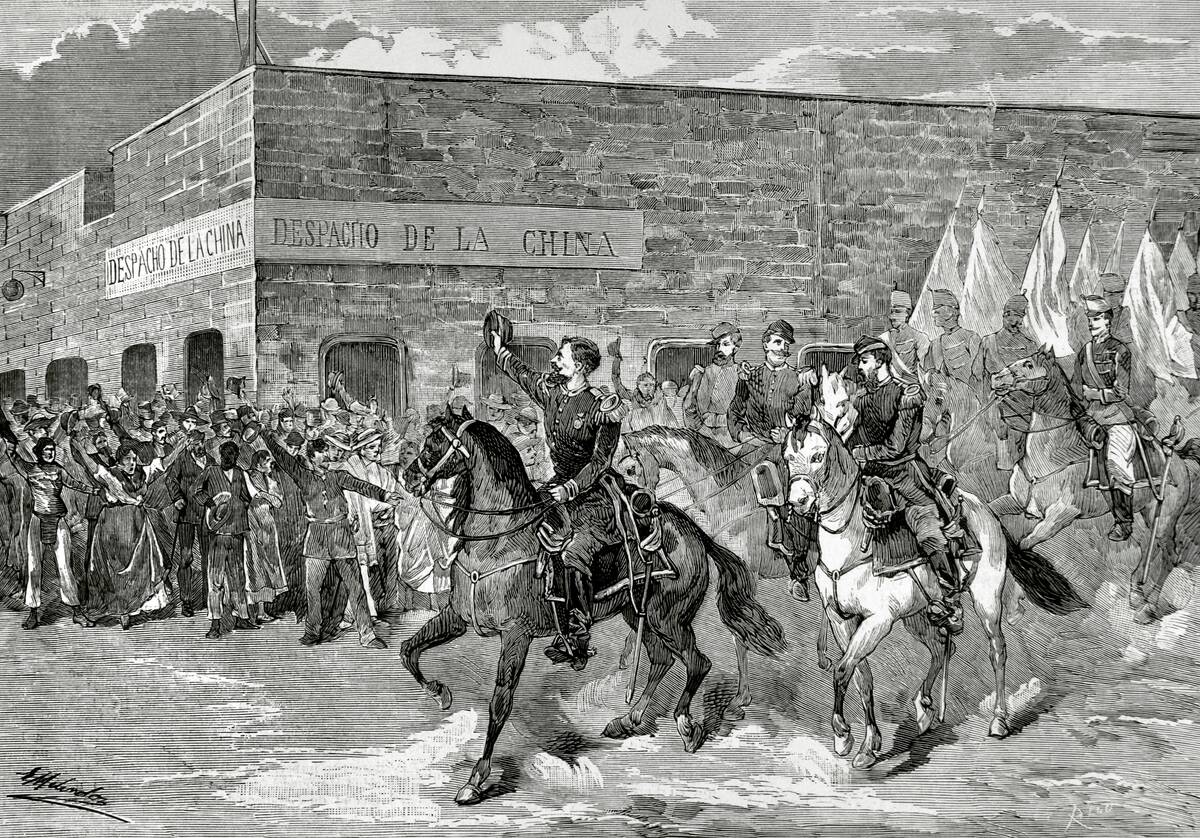
The Great Guano War, fought from 1879 to 1884, was driven by the quest for guano, a valuable fertilizer. Peru and Bolivia, rich in guano deposits, clashed with Chile over control of the resources. The war, also known as the War of the Pacific, saw significant naval battles and territorial changes. Chile emerged victorious, gaining valuable nitrate-rich lands. This conflict illustrates how natural resources have historically been a catalyst for war.
The Kettle War: A Naval Clash Over a Single Kettle
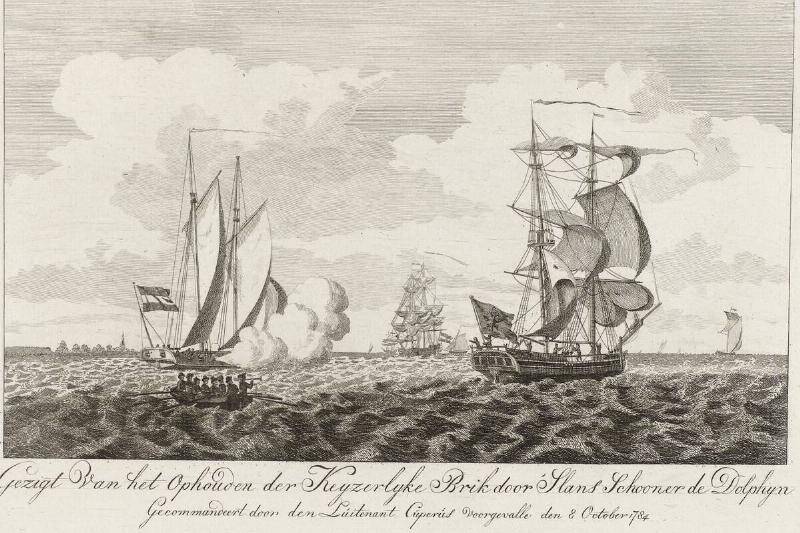
The Kettle War of 1784 was a brief naval conflict between the Holy Roman Empire and the Dutch Republic. It began when a Dutch ship intercepted an imperial vessel carrying a cargo of kettles. A single cannon shot fired by the Dutch hit a kettle, leading to the surrender of the imperial ship. Despite its brevity, the war highlighted maritime tensions and was resolved diplomatically, with the kettle humorously remembered as a symbol of the clash.
The War of the Golden Stool: A Throne Worth Fighting For
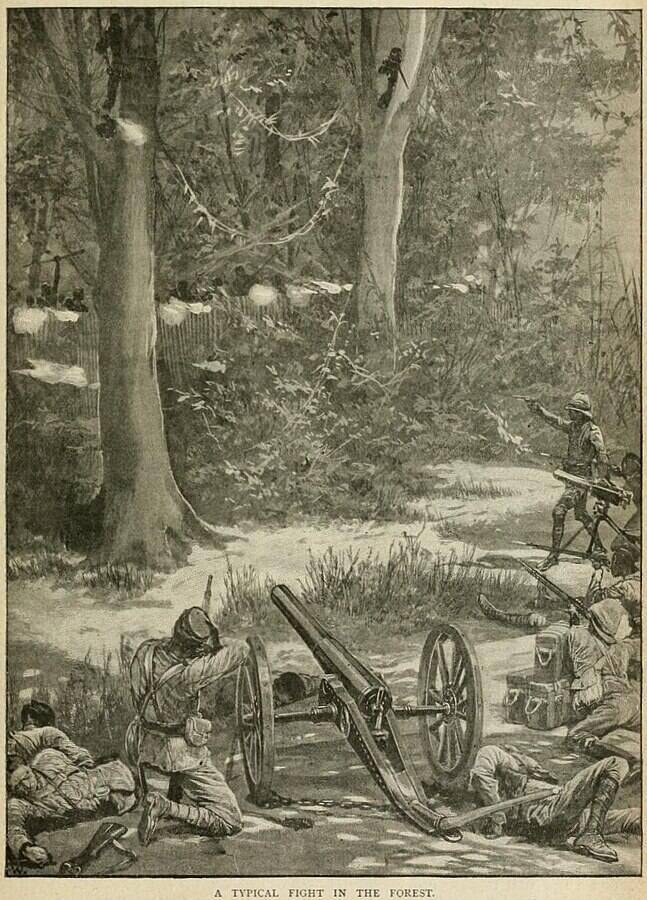
The War of the Golden Stool in 1900 was a significant conflict in the Ashanti Empire, now Ghana. The British sought to claim the sacred Golden Stool, a symbol of Ashanti sovereignty. The Ashanti fiercely resisted, leading to a series of battles. Although the British eventually captured the Ashanti capital, they never found the stool. The war reinforced the cultural importance of the stool and the Ashanti’s determination to protect their heritage.



